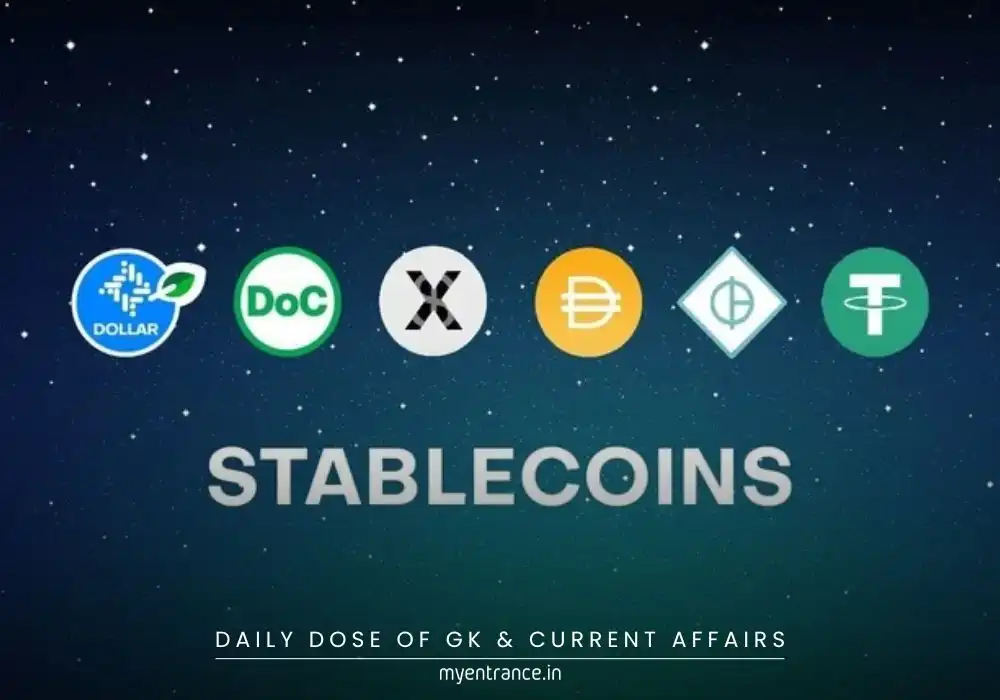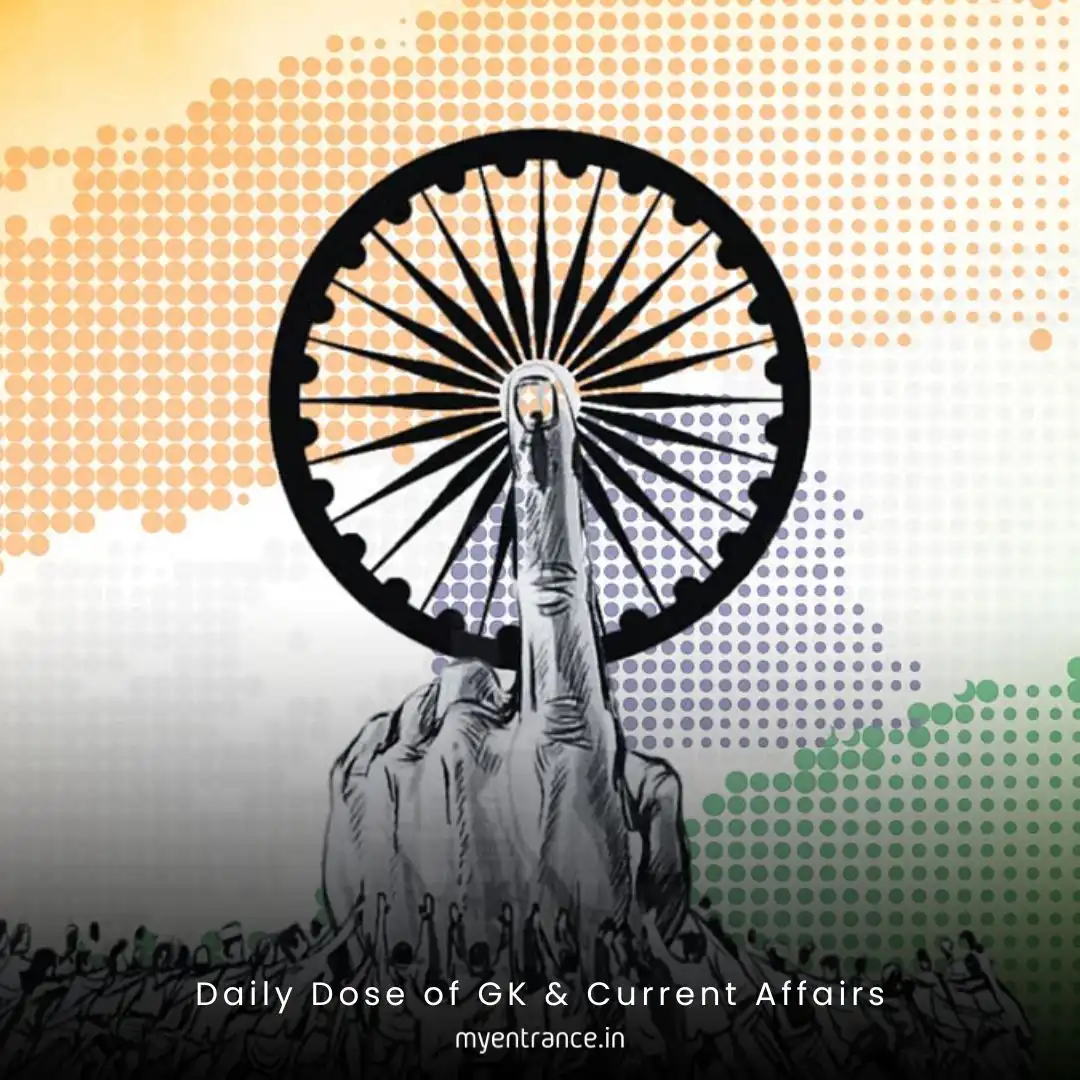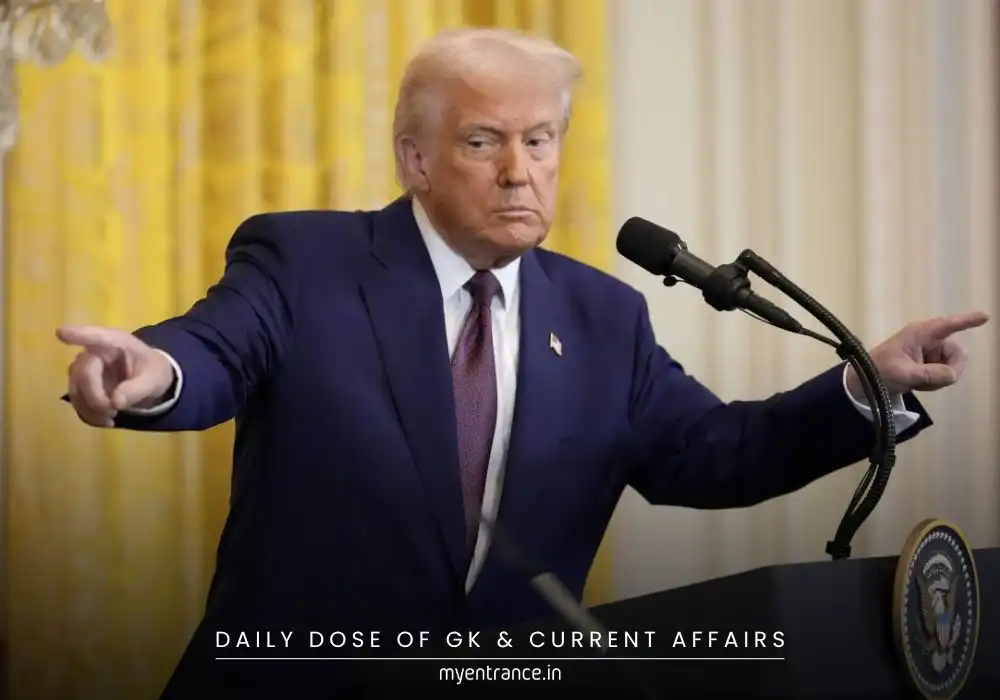Translate Language
What Are Stablecoins: Why Are Governments Worried About It?
In the digital age, stablecoins—cryptocurrencies pegged to assets like the US dollar—are becoming key players in the battle for global currency dominance. While countries like the US and China are embracing them, concerns over financial stability and dollarization persist. For India, promoting the rupee and CBDCs remains a priority.

Stablecoins and the Fight for Global Currency Control
The Bank for International Settlements (BIS) recently warned that stablecoins could threaten financial stability, calling them “unsound money.” Yet, 2025 has seen major economies like the US, South Korea, and Hong Kong pass laws to regulate them.
Key Concerns with Stablecoins:
Financial Risks: Unlike traditional money, stablecoins lack elasticity and integrity, making them unstable.
Dollarization Threat: Countries like India fear that dollar-backed stablecoins could weaken their national currency.
Regulatory Challenges: Governments struggle to balance innovation with anti-money laundering (AML) compliance.
Why Are Countries Adopting Stablecoins?
Currency Influence: Nations like China and South Korea aim to boost demand for their currencies (yuan, won) through regulated stablecoins.
Digital Economy Push: Stablecoins promise faster transactions, but experts question their long-term viability.
India’s Stand: UPI and CBDCs Over Stablecoins
The RBI opposes stablecoins, fearing dollarization and loss of monetary control.
Instead, India is expanding UPI globally and promoting the Digital Rupee (CBDC) for secure, sovereign digital transactions.
Sample Questions & Answers for Competitive Exams
Q1. What are stablecoins?
A: Stablecoins are cryptocurrencies pegged to stable assets like the US dollar to reduce volatility.
Q2. Why does the BIS criticize stablecoins?
A: The BIS calls them “unsound money” due to risks in financial stability and lack of regulatory control.
Q3. How does India plan to counter stablecoin dominance?
A: By promoting UPI for payments and launching the Digital Rupee (CBDC) to avoid dollar dependency.
Q4. What is the GENIUS Act?
A: A US law regulating stablecoins to ensure innovation while protecting consumers from financial risks.
Q5. How can stablecoins lead to dollarization?
A: If widely used, dollar-backed stablecoins may reduce demand for local currencies, weakening national economies.
Why Is This Important for Exams?
Current Affairs: Stablecoins are a hot topic in global economics (UPSC, SSC, Banking).
Policy Impact: Understanding RBI’s stance on cryptocurrencies helps in RBI Grade B, PSC exams.
Comparative Analysis: Questions on CBDC vs. stablecoins are common in NID, NIFT, and FDDI entrance tests.
Get 3 Months Free Access for SSC, PSC, NIFT & NID
Boost your exam prep!
Use offer code WELCOME28 to get 3 months free subscription. Start preparing today!















